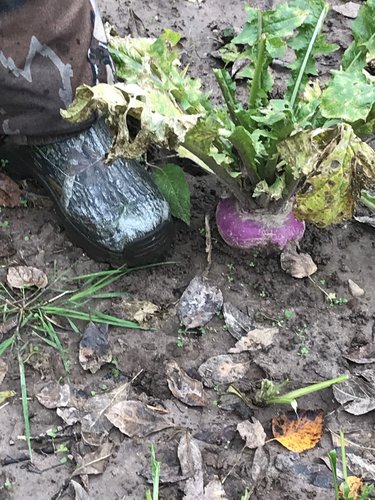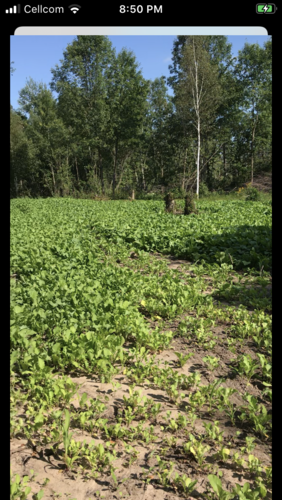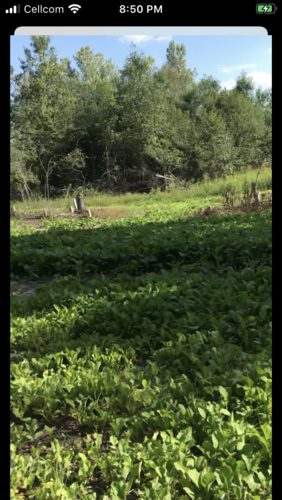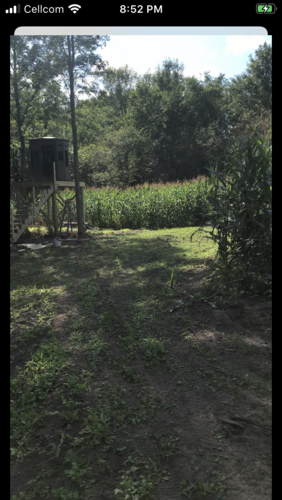sbhooper
Well-known member
This is interesting to me, as I have 15 acres that have been rehab'd after having pumped the gravel out. It had all of the top soil put back after back-filling with sand. I am waiting for the local NRCS to see if one of their programs looks inviting, but I think most of it is going to be allowed to come back naturally (there is some good grasses/weeds out there for wildlife).
I am, however, planning to plant parts of the ground into something a bit more tasty for the deer/turkeys. I am thinking that maybe some oats for spring and in August, I will plant some wheat, or rye. I know that either one really pulls deer in this country. That buckwheat sounds interesting, if not too expensive.
I am in the river bottom, so Canadian thistle is a problem. I have that covered, as I do quite a bit of control work for Game and Parks and some private guys. Some of the lower areas, get attacked by phragmites (cane), which is a real problem in wet areas. It, as well as other kinds of weeds, is easily controlled with glyphosate (even the EPA says it does not cause cancer, although if you want to bathe in it, it might).
It is going to be fun to play with the area, to see what works.
I am, however, planning to plant parts of the ground into something a bit more tasty for the deer/turkeys. I am thinking that maybe some oats for spring and in August, I will plant some wheat, or rye. I know that either one really pulls deer in this country. That buckwheat sounds interesting, if not too expensive.
I am in the river bottom, so Canadian thistle is a problem. I have that covered, as I do quite a bit of control work for Game and Parks and some private guys. Some of the lower areas, get attacked by phragmites (cane), which is a real problem in wet areas. It, as well as other kinds of weeds, is easily controlled with glyphosate (even the EPA says it does not cause cancer, although if you want to bathe in it, it might).
It is going to be fun to play with the area, to see what works.








